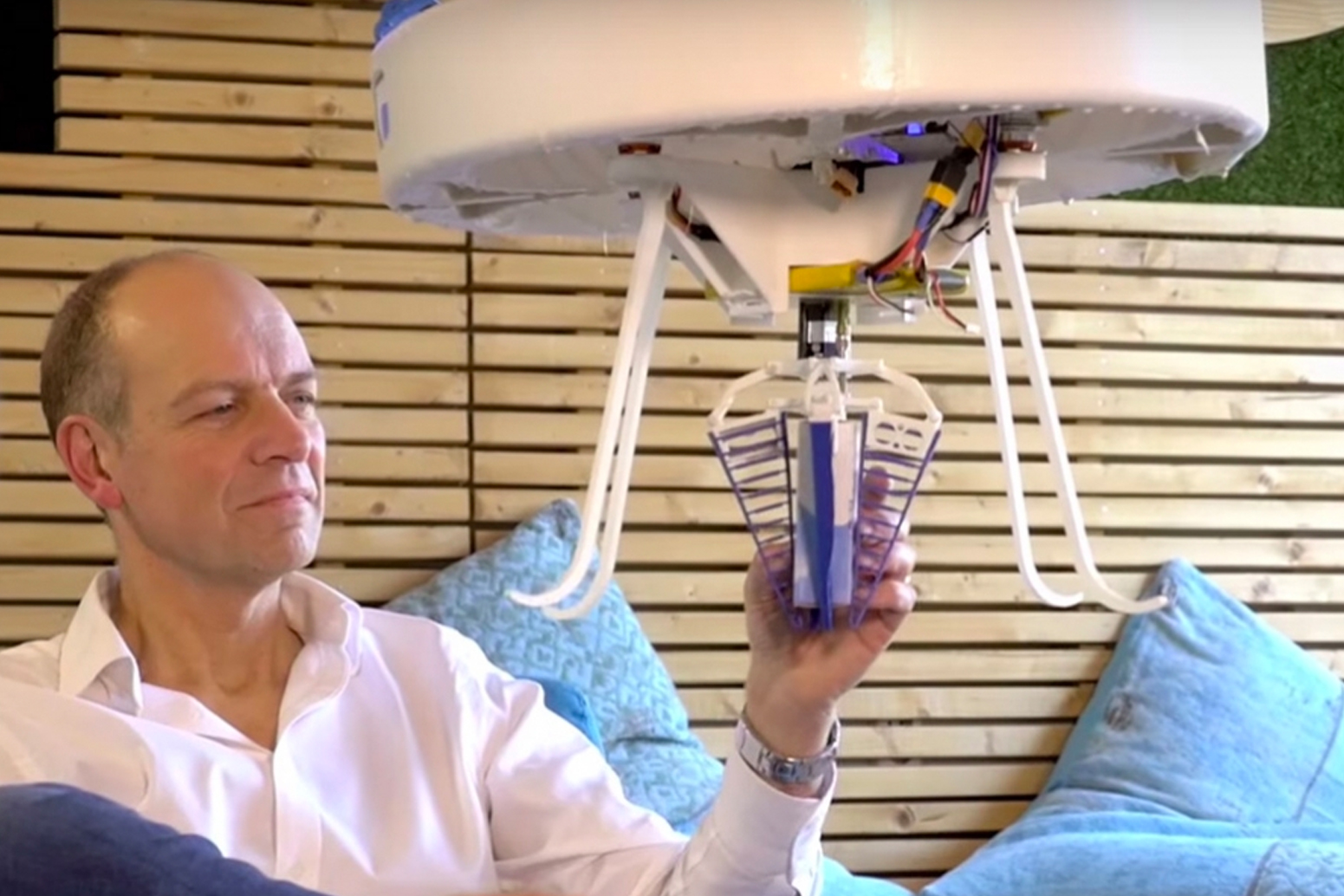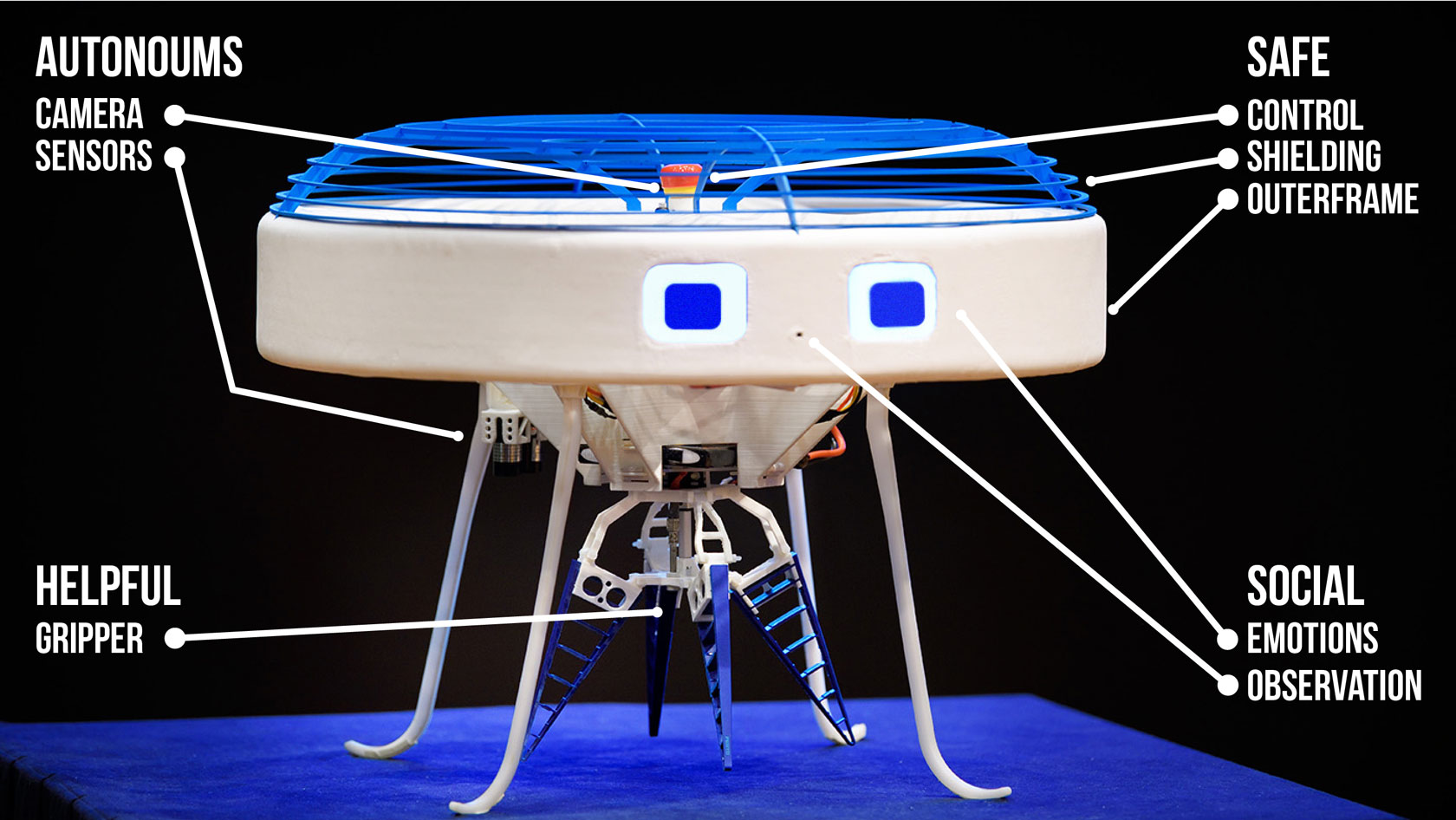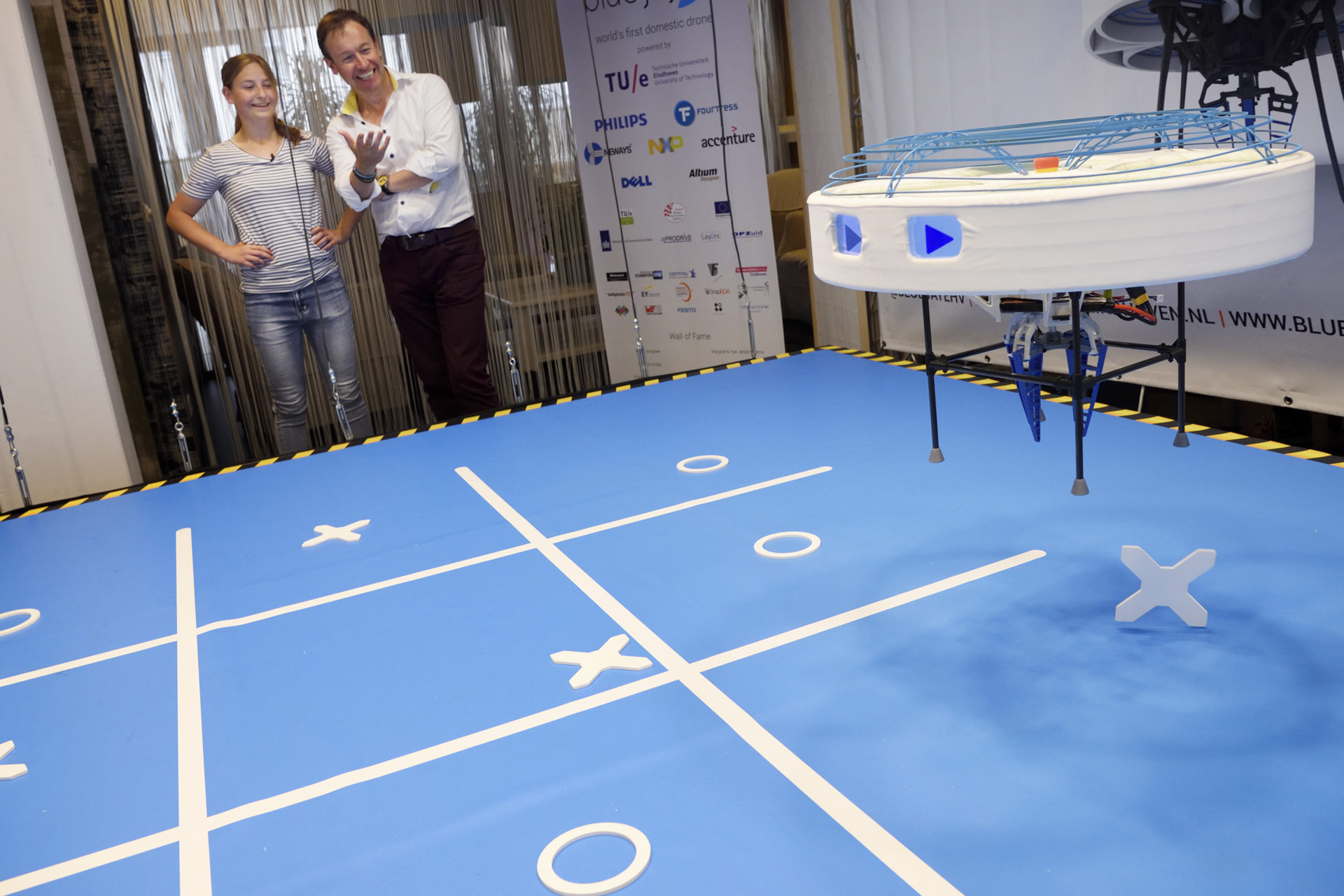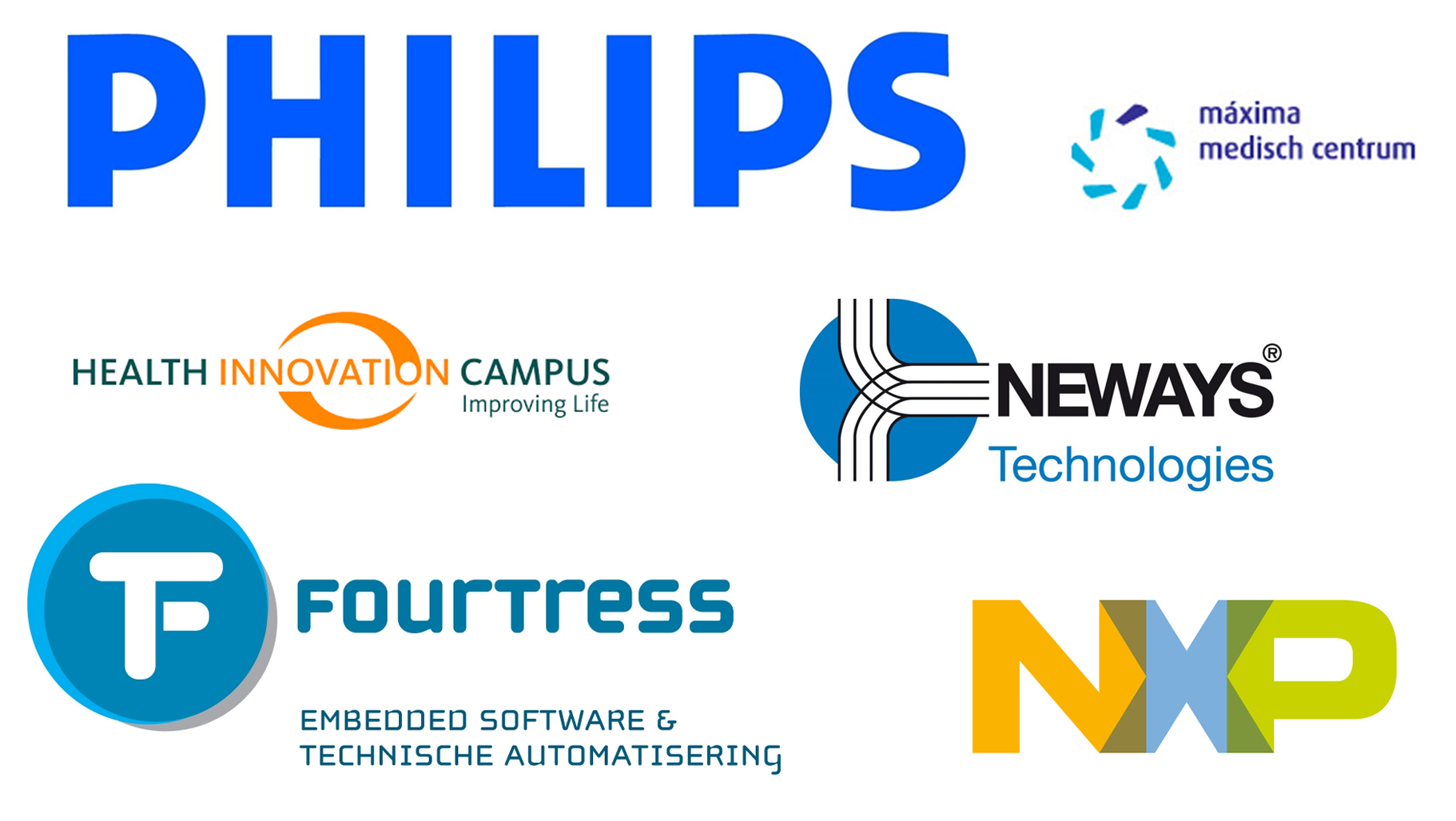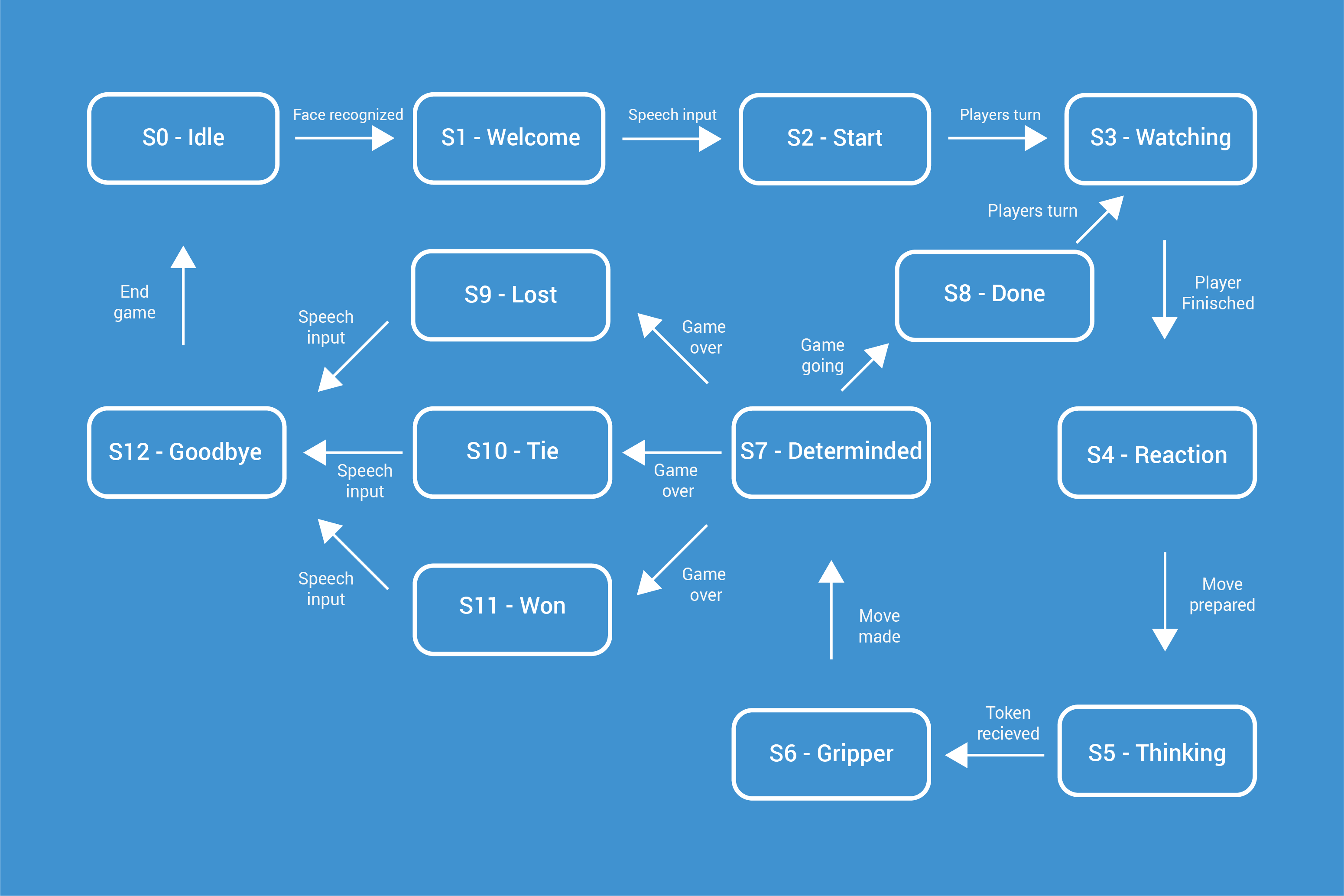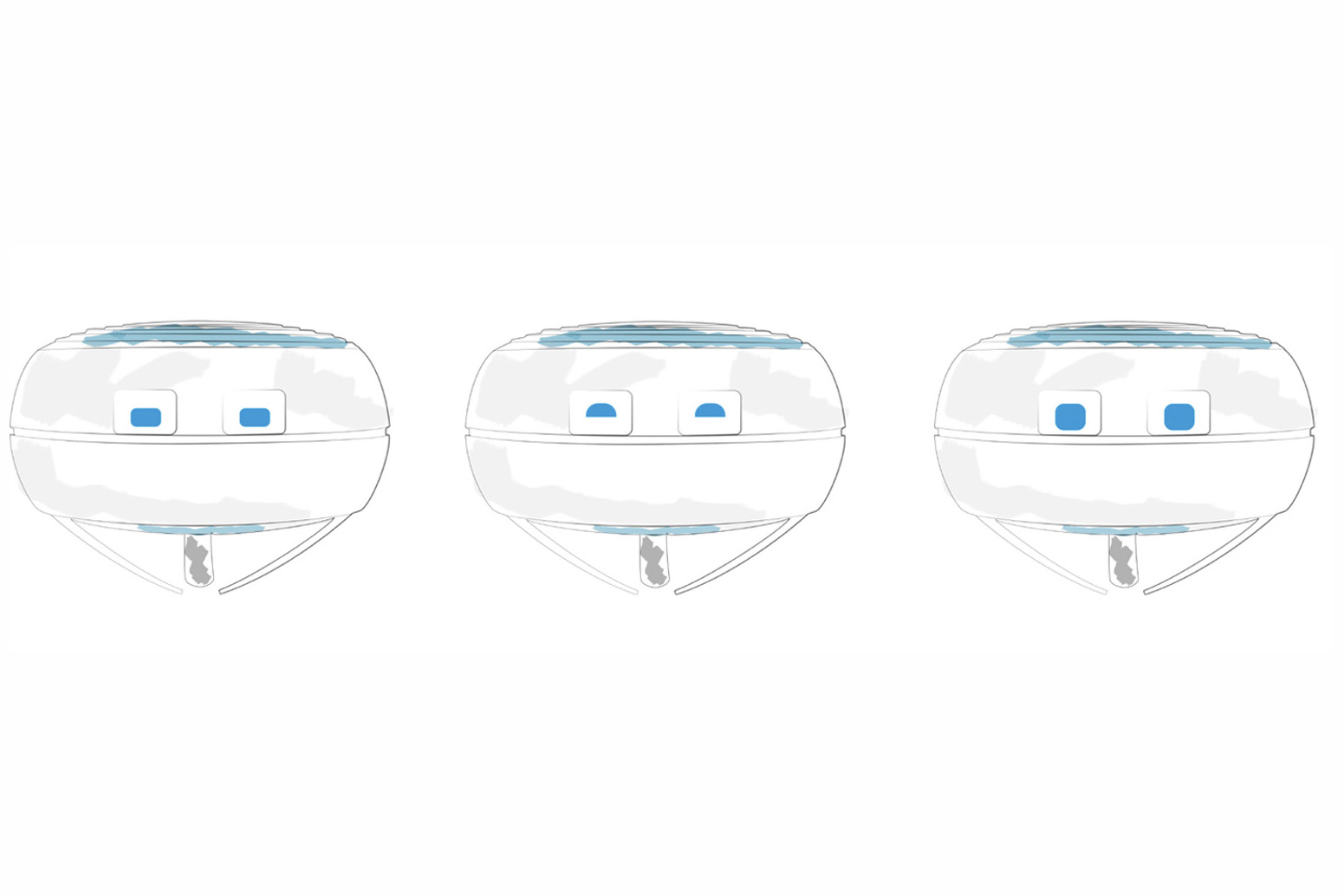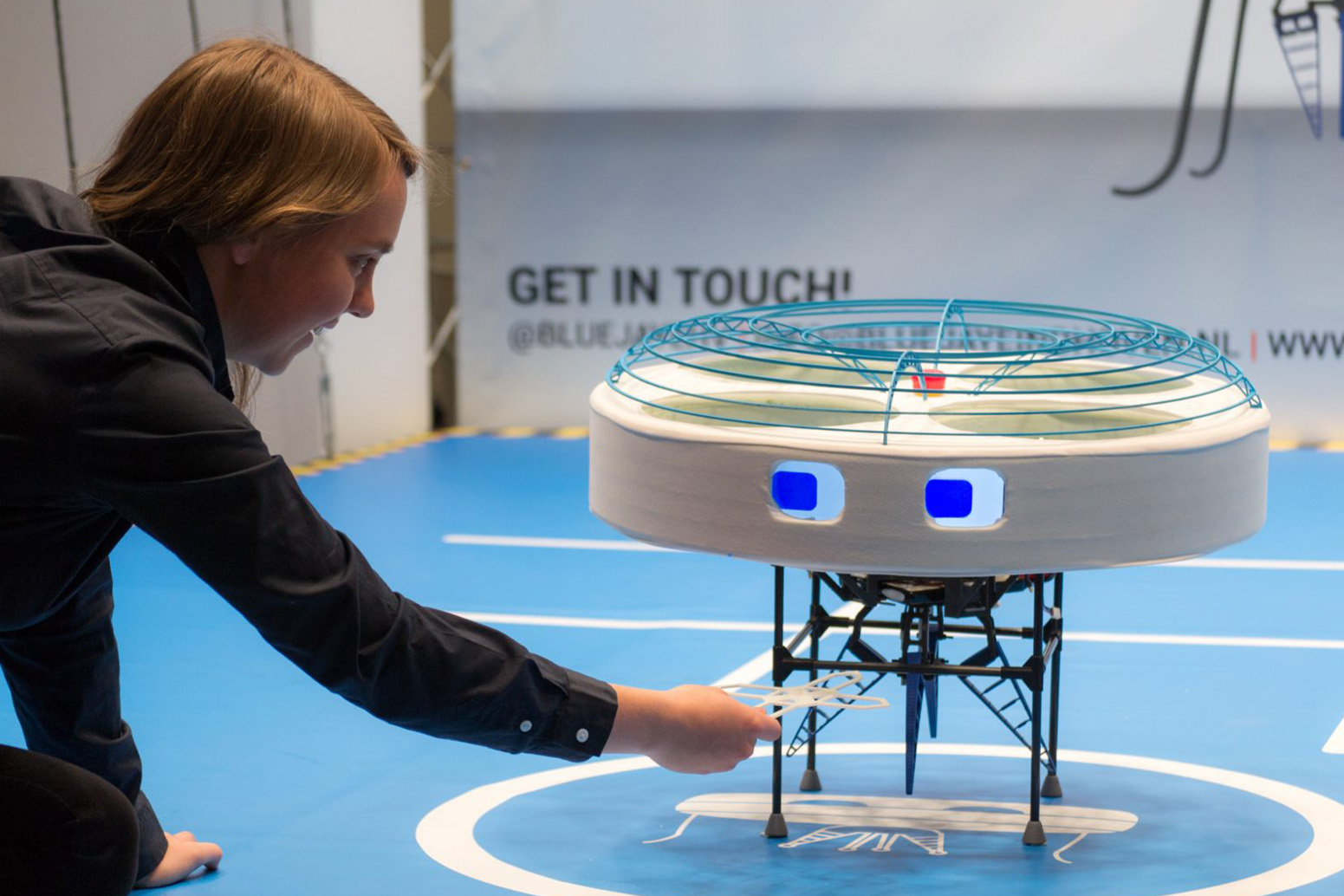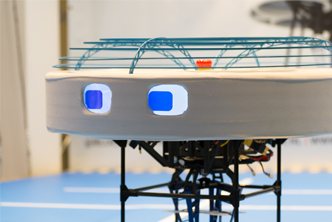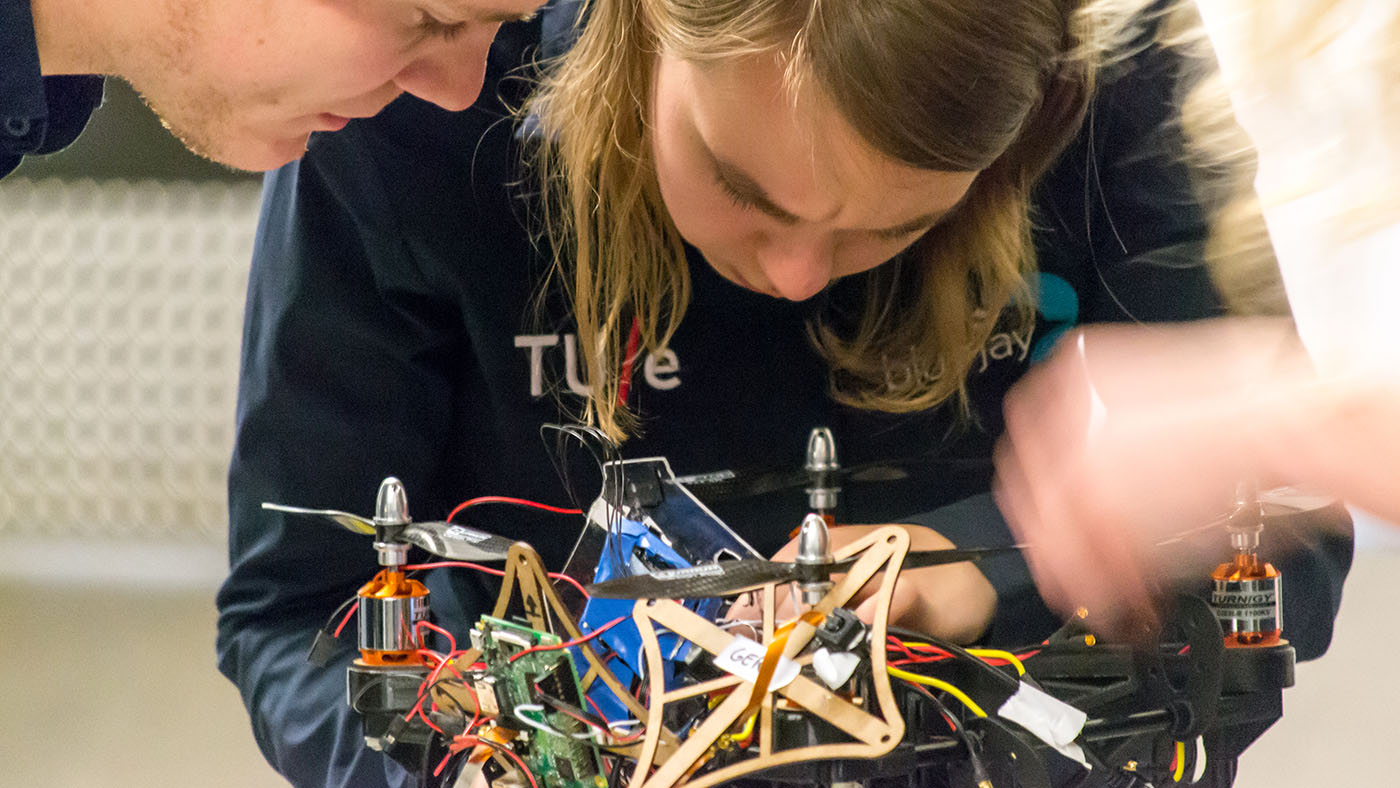Interaction designer @ Bluejay
General
Team Bluejay Eindhoven is a multidisciplinary student team that is exploring what role autonomous domestic drones can play in the healthcare sector.
During my time at bluejay I was head of the interaction design team and software responsible of this team.
My task varied from defining the concept, implementing interaction features and align this with the other teams.

